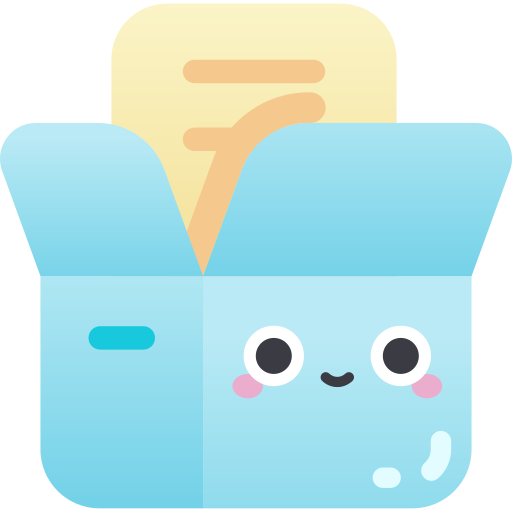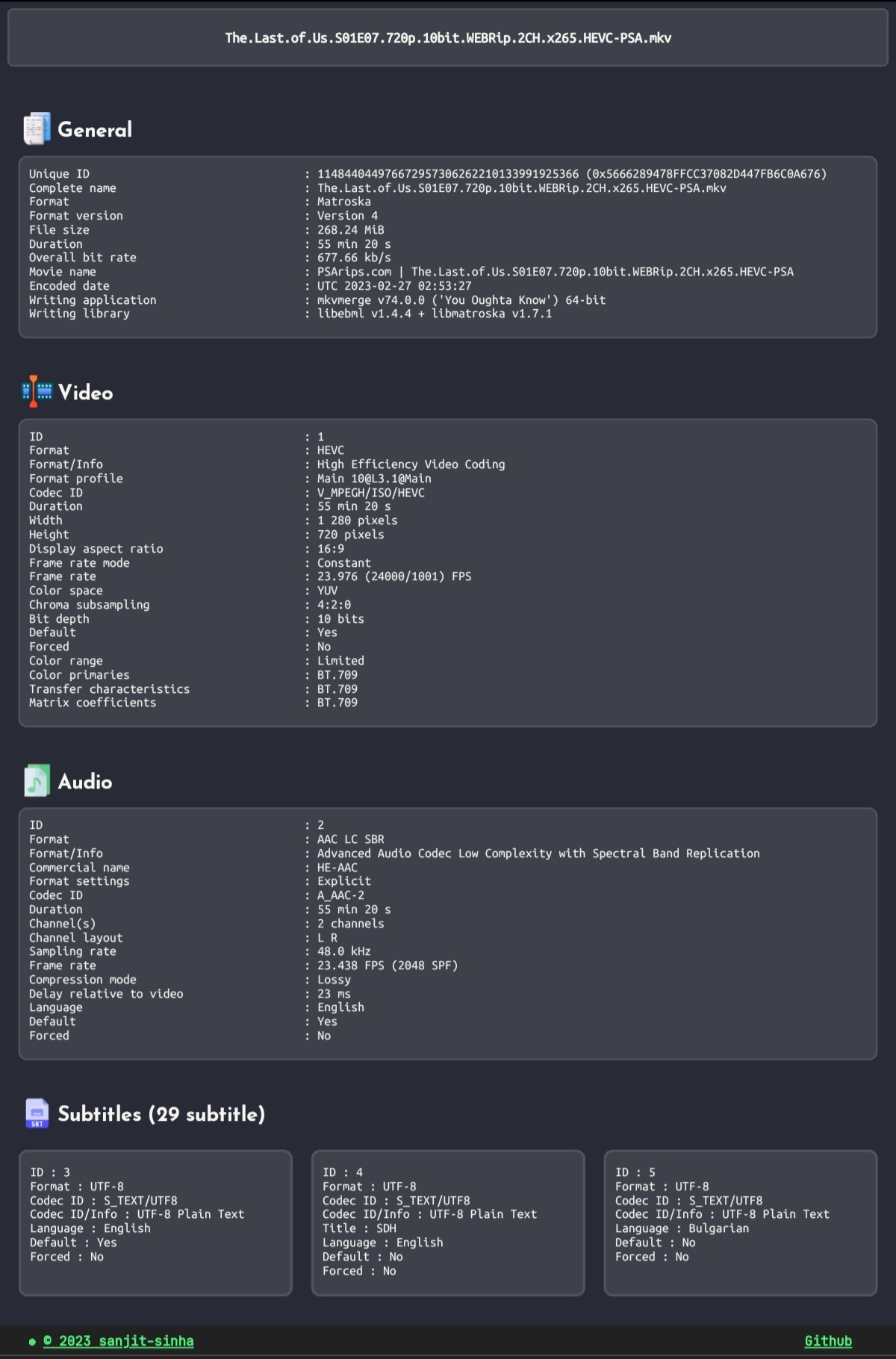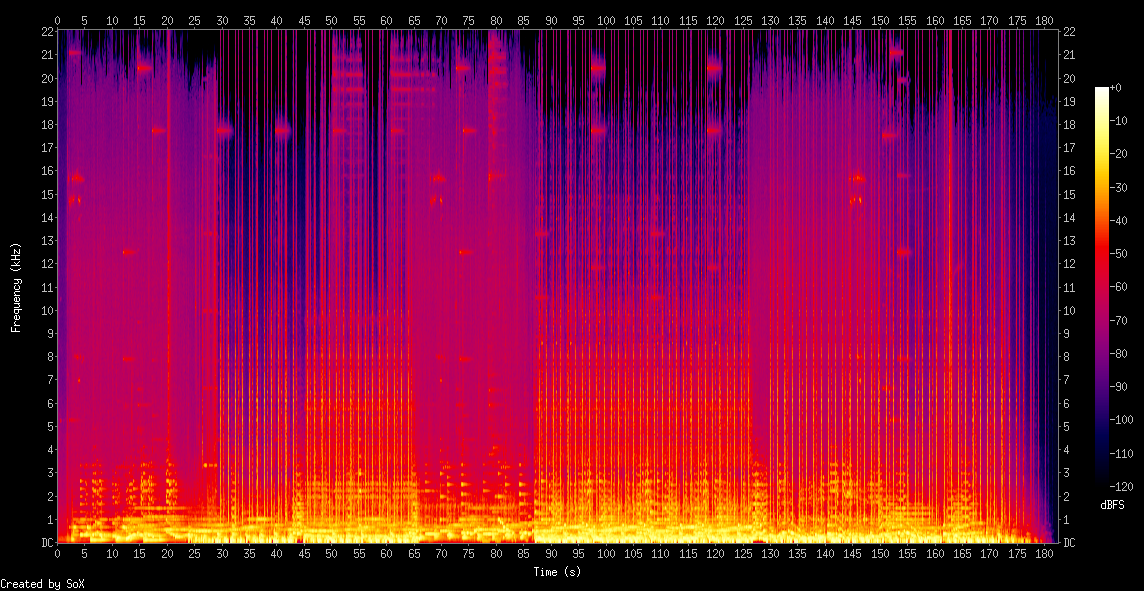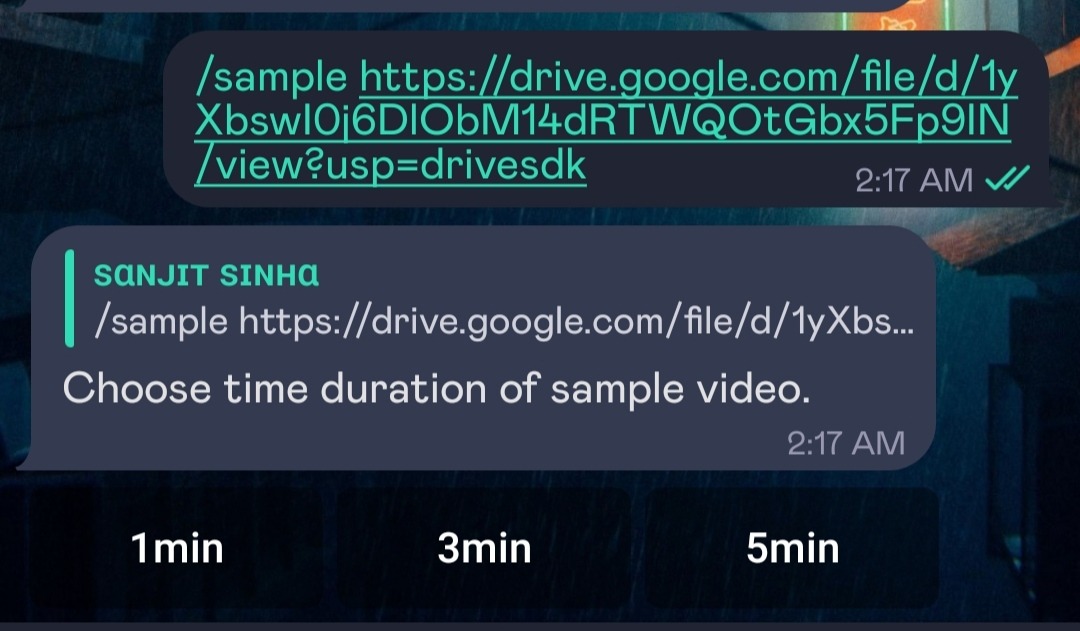Tg-MediaInfoBot
 Tg-MediaInfoBot copied to clipboard
Tg-MediaInfoBot copied to clipboard
Telegram Bot for generating Mediainfo, Screenshots and Video sample from Direct Download links, Google Drive links or Telegram files.

Telegram MediaInfoBot




This Telegram Bot can perform various tasks with media files, such as :-
- Generating Mediainfo from Google Drive links, direct download links, and Telegram files, and displaying the information on a custom-designed website.
- Creating screenshots from Google Drive links, direct download links, and Telegram files, and posting them on slow.pics
- Generating custom-duration video samples from video files.
- Creating spectrograms of Telegram audio files and displaying them as images.
- pasting the text in the katb.in website.
Note: This Bot is made on top of this repository -> https://github.com/sanjit-sinha/TelegramBot-Boilerplate
Screenshots
 |
|---|
 |----------------------------------------------------------|
|----------------------------------------------------------|
 |
 |
|---|
Exmaple Links
( Mediainfo • Screenshot • Audiograph )
Bot Commands and Usage
-
/m or /mediainfo- Type link after command or Reply to telegram file to generate Mediainfo. -
/ss or /screenshot- Type link after command or Reply to telegram video file to generate screenshots. -
/sampleor/trim- Type link after command or Reply to telegram video file to generate sample video. -
/spekor/sox- Reply to Telegram file to generate audio spectogram. -
/paste- paste your text in katb.in website.
Additional Flags for screenshot and mediainfo command :-
--count=10 [ Number of screenshots. Default 10, Max 20 ], --fps=10 [ Difference between two consecutive screenshots in seconds. Default 5, Max 15 ]. --time=01:20:10 [ Time from where the screenshots should be taken in HH:MM:SS format ], --hdr [ For HDR Videos.]
--r [ For raw Mediainfo in document format. ]
(Few more commands /start /help /ping /update /logs)
Bot Deployment
Install and update Dependencies
sudo apt-get update && sudo apt-get upgrade -y
sudo apt-get install -y python3-pip
sudo pip3 install -U pip
sudo apt-get install -y --no-install-recommends mediainfo ffmpeg
sudo apt-get install libsox-fmt-mp3
sudo apt-get install sox
clone the repository and install the requirements
git clone https://github.com/sanjit-sinha/Tg-MediaInfoBot
cd Tg-MediaInfoBot
pip3 install -U -r requirements.txt
Now edit the config vars by typing nano config.env and save it by pressing ctrl+o and ctrl+x.
Getting Google OAuth API credential.json file and token.json (important)
-
NOTES
- You need credentials.json and token.json in root folder for bot to work.
- Old authentication changed, now we can't use bot or replit to generate token.json. You need OS with a local browser. For example
Termux. - You can ONLY open the generated link from
token_generator.pyin local browser.
STEPS
- Visit the Google Cloud Console
- Go to the OAuth Consent tab, fill it, and save.
- Go to the Credentials tab and click Create Credentials -> OAuth Client ID
- Choose Desktop and Create.
- Publish your OAuth consent screen App to prevent token.json from expire
- Use the download button to download your credentials.
- Rename that file into credentials.json and move that file to the root of repo.
- Visit Google API page
- Search for Google Drive Api and enable it in Google Cloud Console
- Finally, run the script from inside of repository
pip3 install google-api-python-client google-auth-httplib2 google-auth-oauthlib python3 token_generator.py
Now you can start the bot by simply typing bash start or python3 -m TelegramBot
The bot will stop working once you logout from the server. You can run the bot 24*7 in the server by using tmux.
sudo apt install tmux -y tmux bash start
Now the bot will run 24*7 even if you logout from the server. Click here to know about tmux and screen advance commands.
Note You can also Deploy Bot using Docker
docker build . -t mediainfobot docker run mediainfobot
